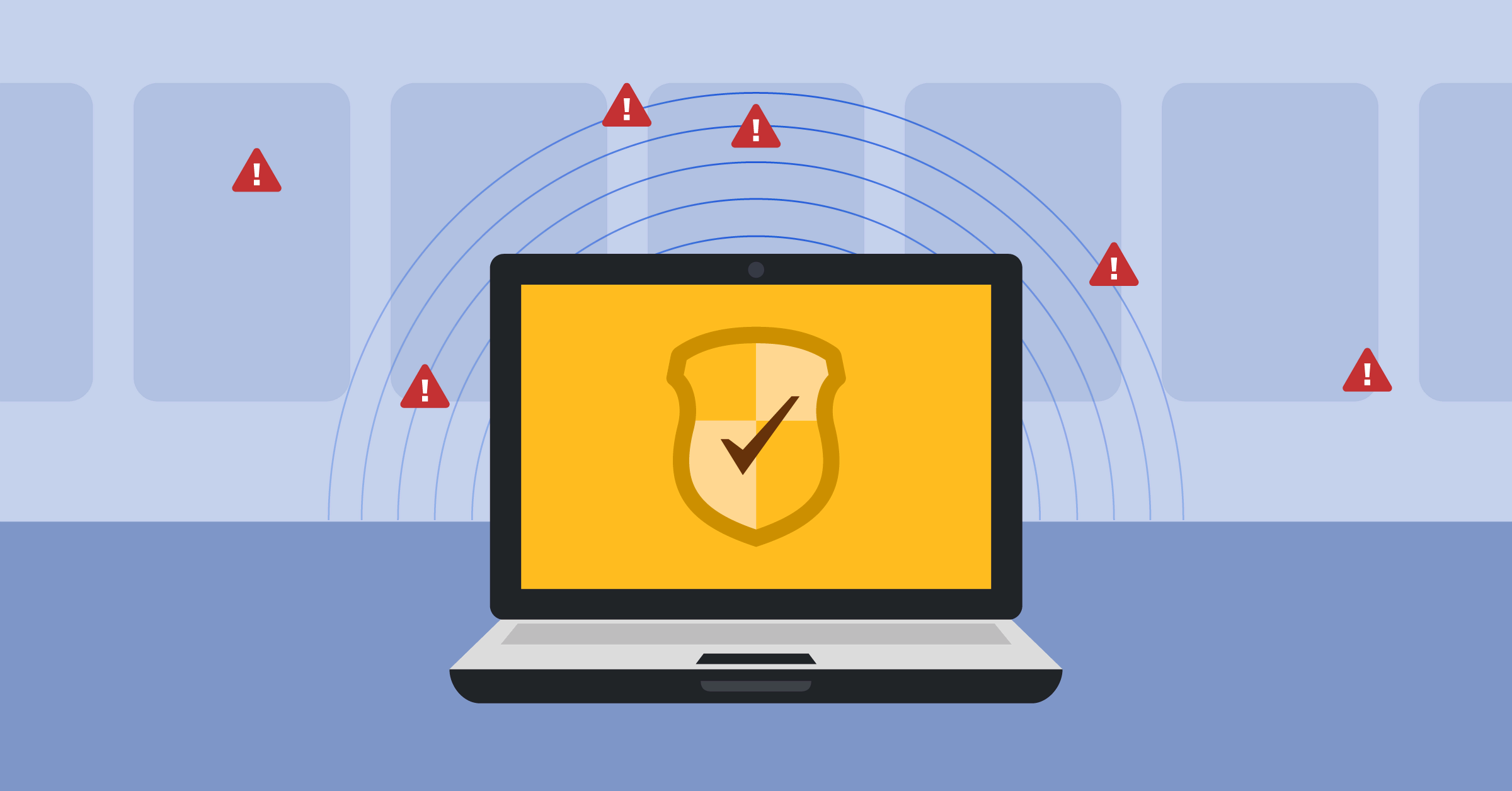
Running effective meetings while working remote
As a remote-first company, we’ve spent a lot of time optimizing how we work together as a team.
In these challenging times, teams around the world are working to flatten the curve by trying their hand at remote working for the first time. To help these teams succeed, we thought we could share some of the practices and culture we’ve developed to run meetings effectively at Mattermost.
Here are seven tips for successful remote meetings.
1. Limit standing meetings
Since we don’t work in the same physical space too often, we try to stay in touch and get “facetime” by holding regular video meetings. That said, we are careful not to hold too many meetings because that wastes a lot of time. In our experience, many things that are typically done in meetings are better served asynchronously.
If you’re new to remote working, you may be tempted to schedule a bunch of meetings to keep everyone aligned out of the gate. But as you become more comfortable working remotely, look for ways to reduce unnecessary standing meetings to increase productivity.
Many teams at Mattermost post updates to Mattermost channels instead of having standup meetings. And rather than default to meetings to collaborate, Mattermost’s culture encourages people to discuss work in writing to increase visibility and transparency.
2. Encourage many voices
The most effective and productive meetings give many people the opportunity to ask questions and share ideas.

For example, our weekly Developers Meeting is open to the community. We’re able to bring together Mattermost staff developers, contributors, and anyone else who wants to join. Each week, attendees are encouraged to queue agenda items in the Developers Meeting Channel for a more vibrant and engaging meeting that covers more ground.
3. Use channels to organize and communicate about standing meetings
We have dedicated channels in Mattermost for each of the standing meetings we have—like the Developers Meeting, the Customer Obsession Meeting, and the R&D Meeting.
This enables us to optimize the meeting process by dropping Zoom links in the appropriate channel as the meeting begins. We also record meetings and post them in the channel once they’re available so that people who can’t attend can watch them later. Finally, we use the channel header in each of these channels for quick shortcuts to relevant assets (more on this in a bit).
4. Have clear meeting agendas
Before each meeting, agendas are posted and publicized so that attendees have an idea of what will be covered and can prepare accordingly. This helps us keep our conversations on track and avoid unproductive and inefficient meetings that hold many businesses back.
5. Time-cop agenda items that run long
Some of our meetings are attended by upwards of 100 people who live all over the world. When you’re coordinating all of those schedules on a global scale, time is of the essence. The same sentiment holds true if your team is in the same city. If 10 people are waiting on one person who’s six minutes late, your team has collectively wasted an hour.
To make sure we’re able to cover every agenda item during a meeting, some presentations or demos might get time-copped, or cut short, so we can move on to the next item.
These truncated items can then be explored further in the associated channel once the meeting has wrapped up.
6. Prioritize team-building
You can’t necessarily expect to have a productive meeting when everyone is a stranger.
One of the ways we keep the team connected is by making sure people have a chance to build relationships with one another. For example, we kick off each R&D Meeting with a short ice-breaker where two or three team members are asked to share something about themselves. It might be a bit about their hometown, something about their hobbies or a book they read, or a response to a prompt (e.g., “What does your perfect day look like?”).
Another way to encourage team-building on Mattermost is by using the Coffeebot integration, which randomly pairs workers together to meet each other over Mattermost.
7. Keep relevant resources in channel headers
If you’ve created meeting-specific channels in your team messaging platform, the Channel Header is a great place to organize information that is relevant to the meeting in question.

To illustrate, our Developers Meeting has links to Zoom, information about the meeting process, meeting notes, and more in the Channel Header. This makes it as easy as possible for everyone to quickly find the information they need.
The above is by no means an exhaustive list; every company is different, and if you’re new to remote working, you’ll have to make adjustments to support your unique needs and workflows over time. But we hope this list gets you thinking in the right direction.
In the meantime, if you need help deploying Mattermost, our team is offering free onboarding sessions for companies new to remote working until at least the end of June 2020. Request a session by getting in touch with our team.




